Eleven scientists defined lunar science in the 360 years after the invention of the telescope and before humans arrived on the Moon.
The words “lunar heroes” immediately bring to mind the astronauts who courageously rode atop dangerous rockets to reach the Moon. Books, movies, video games, and postage stamps commemorate their marvelous feats of exploration. But there’s another class of lunar heroes — scientists who made fundamental discoveries in the 360 years between Galileo’s first observations of the Moon in 1609 and the Apollo 11 landing in 1969. These 11 scientists set the stage for humankind’s personal encounter with the Moon.
1. Galileo Galilei
Galileo wasn’t the first person to telescopically observe the Moon (that honor goes to Thomas Harriot, whose work was unknown for hundreds of years). However, in Galileo’s widely read observations, he recognized that the Moon was not the perfect sphere that ancient Greeks and early Christians had imagined. In late 1609 he discovered that the Moon had mountains and valleys, like Earth. He made the first scientific measurement of lunar topography, and recognized that the dark areas, which he named maria (Latin for “seas”), were lower and smoother than the brighter regions. He also noted the lack of clouds, concluding that the Moon had little water — so if it had any life, it would have to be different from that on Earth. Galileo was the first selenologist and the first astrobiologist to base his deductions on observations rather than speculations.
2. Johannes Hevelius
During the 40 years following Galileo’s observations, others pointed telescopes, often unwieldy ones, at the Moon. They discovered little while making crude sketches that were symbolic rather than accurate. It wasn’t until about 1650 that maps, based on careful observations, began depicting hundreds of recognizable craters and maria.
The Polish brewer, mayor, and astronomer Johannes Hevelius drew one of these. In 1647, he published the book Selenographia, which contained 40 engravings of the Moon, including drawings of both waxing and waning phases, and three full maps. Selenographia was the first book to systematically describe the Moon. It became a standard reference for more than 150 years. Although Hevelius made few discoveries himself, his relatively accurate map defined the Moon as a world with definite topographic features.
Heroes are fallible, though: Along the way, Hevelius named a bright feature Mons Porphyrites (now known as Aristarchus). He considered this mountain to to be a volcano in eruption, initiating a long and erroneous tradition that explained lunar craters as volcanoes.
3. Adrien Auzout
Ancient Greek philosophers and scientists had speculated that the Moon, the planets, and even the Sun and stars were inhabited. In 1666, the French observer Adrien Auzout argued that the Moon was not. He based his conclusion on the lack of observational evidence for life. In the 40 years since Galileo’s observations, no one had seen lunar clouds, seas, or twilights, and thus there was probably no atmosphere. Likewise, there was no seasonal appearance and disappearance of winter’s whiteness, no green colors appearing in the spring as crops or forests grew, and no erupting volcanoes, burning forests or city lights. His prescient deductions apparently influenced no one: For hundreds of years, observers continued to propose that water, ice, gases, vegetation, active volcanoes, and even people could be found on the Moon.
4. Johann Mädler (and his patron Wilhelm Beer)
With the improvements of telescopes over the next century, observers discovered many new types of lunar landforms and produced more detailed lunar drawings. But it wasn’t until the mid-1830s that German partners Wilhelm Beer and Johann Mädler published a systematic and modern investigation of the Moon in the form of four quadrant maps, in Mappa Selenographica, and a book called Der Mond.
Beer was a wealthy patron who provided the observatory, and Mädler — the greatest selenographer of the first half of the 19th century — did nearly all of the observing, map-making and writing. Mädler again concluded that the Moon had no atmosphere, and hence no water, and if it had any life it would be much different from life on Earth.
Most importantly, Mädler stated that the Moon was “no copy of Earth.” This statement went against Galileo, who had concluded that, because of its mountains and valleys, the Moon was like Earth. While Galileo had shown that the Moon was not heavenly, Mädler recognized that the Moon — and by extension the planets — did not have to be Earth-like. Beer and Mädler’s book and maps became the standard reference for nearly 100 years.
5. G. K. Gilbert
In 1893, after spending 18 nights observing the Moon with the Naval Observatory 26-inch refractor, the great American geologist Grove Karl Gilbert pointed out that volcanic craters were typically at the tops of massive mountains, whereas lunar craters usually occur on flat terrain. He concluded that impacts had formed most craters. He also noted a pattern of linear geologic landforms, which he called the Imbrium Sculpture, stretching away from Mare Imbrium. This led Gilbert to suggest that the basin containing Mare Imbrium was the Moon's largest impact crater..
6. & 7. Ernst Öpik & A.C. Gifford
Nearly all observers had accepted that lunar craters were volcanoes because impact craters were unknown on Earth — that is, until the early 1900s, when the discovery of iron meteorites surrounding Meteor Crater in Arizona proved that it was an impact feature. Whenever someone had suggested that cosmic projectiles could hit the Moon and excavate craters, a damning objection was that many craters should be elongated ovals. After all, most projectiles would hit at an oblique angle rather than vertically; however, nearly all craters are circular.
The explanation came independently to two astronomers in 1916 and 1924: Ernst Öpik, an Estonian physicist, and the New Zealander A. Charles Gifford each realized that impacting projectiles would not form craters by gouging. Instead, the very high velocity would instantly convert a projectile’s kinetic energy into an explosion that fractured, melted and ejected target rocks, forming a round crater. Both of the astronomers’ studies were published in obscure journals and gained little attention.
8. Robert Dietz
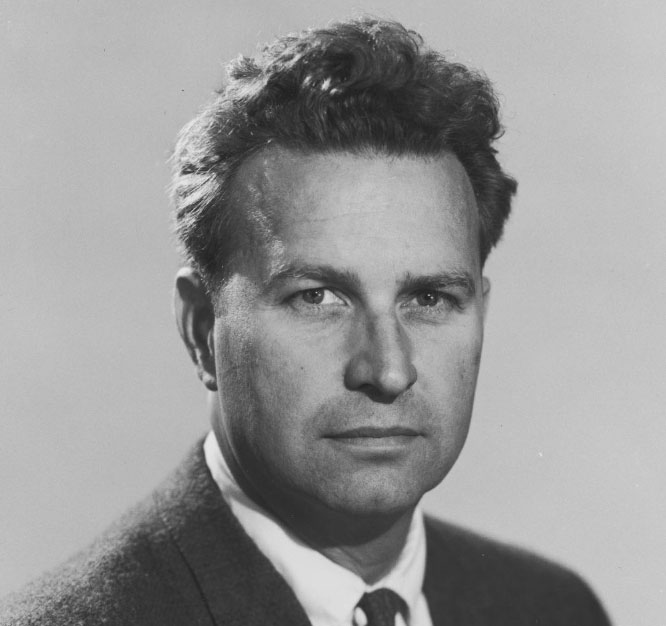
Univ. of California, San Diego Digital Collections Collection: Scripps Institution of Oceanography Photographs
Robert Dietz was a geologist who wrote just one intensely perceptive paper about lunar craters. Dietz’s article, published in 1946, synthesized existing information to demonstrate that lunar craters were morphologically and energetically unlike volcanoes. He accepted Gifford’s argument for how craters formed and, as supporting evidence, recognized that crater morphology changed with the energy of the impactor, as measured by crater diameter. He also noted that maria are found within the largest impact craters and that later impacts degraded existing landforms. He further stated that the random distribution of lunar craters was inconsistent with volcanism, that crater rays were likely to be pulverized impact ejecta, that high-energy impacts would melt rocks in what is now known as impact melt, and that the Moon would now be cold and dead.
Nearly everything Dietz concluded was correct and decades ahead of others. Unfortunately, his work was overlooked because it was published in a journal astronomers didn’t read, the prestigious Journal of Geology.
9. Ralph Baldwin
It wasn’t until 1949 that a coherent, data-based argument emerged for the impact origin of lunar craters. The astronomer Ralph Baldwin independently rediscovered Gilbert’s Imbrium Sculpture and realized that extraordinary energy would have propelled mountains of rock hundreds of kilometers beyond Imbrium’s rim. He introduced a graph showing that the depths of craters formed via explosions were proportional to their diameters, from the meter-scale bomb craters of World War II to the few known impact craters on Earth and on to the tens and hundreds of kilometer-wide lunar craters. This evidence immediately convinced prominent scientists Gerard Kuiper and Harold Urey, and ultimately most of the rest of the developing lunar science community.
10. Eugene Shoemaker
In the late 1950s and early 1960s, the geologist Eugene Shoemaker studied nuclear bomb craters and Meteor Crater, applying that knowledge to Copernicus Crater on the Moon. This was the first comprehensive understanding of impact mechanics, including that strings of small bright craters and bright rays were due to debris ejected from hypervelocity impact events. With fellow geologist R.J. Hackmann, Shoemaker compiled a geologic map of Copernicus and adjacent Mare Imbrium, establishing a system of lunar stratigraphy, which was later used across the solar system.
11. William K. Hartmann
As a graduate student, William K. Hartmann made the final major discoveries before Apollo 11. Working with Kuiper, Hartmann recognized that the small Mare Orientale on the western limb was the center of a large, three-ring structure that he called a multi-ring basin. Hartmann and Kuiper documented similar concentric and radial structures around every nearside circular mare. All of these turned out to be lava-filled impact basins, examples of a crucial — and huge — planetary landform that had been overlooked for centuries in favor of smaller details.
Then, in the months before Apollo 11, Shoemaker and Baldwin published age estimates for the lunar maria; Hartmann’s independent estimate was published a year earlier. All three scientists accepted that impacts had formed lunar craters, so an older surface would have more craters than a young surface. Shoemaker and Baldwin concluded that the maria were hundreds of millions of years old, while Hartmann determined an age of 3.6 billion years — exactly the age of Apollo 11’s samples from Mare Tranquilitatis.
These 11 lunar heroes are remembered because much of their work was correct. Yet far more observers during those times believed that the Moon had an atmosphere, vegetation, erupting volcanoes, and even intelligent beings — all of which turned out to be false. By the time of Apollo, many of those beliefs had been cast aside. Nevertheless, unsolved debates abounded regarding the origin of craters, the Moon’s composition, and its formation. The data collected by the Apollo astronauts resolved many arguments and opened up many newer, deeper mysteries — just what good science should do!
 0
0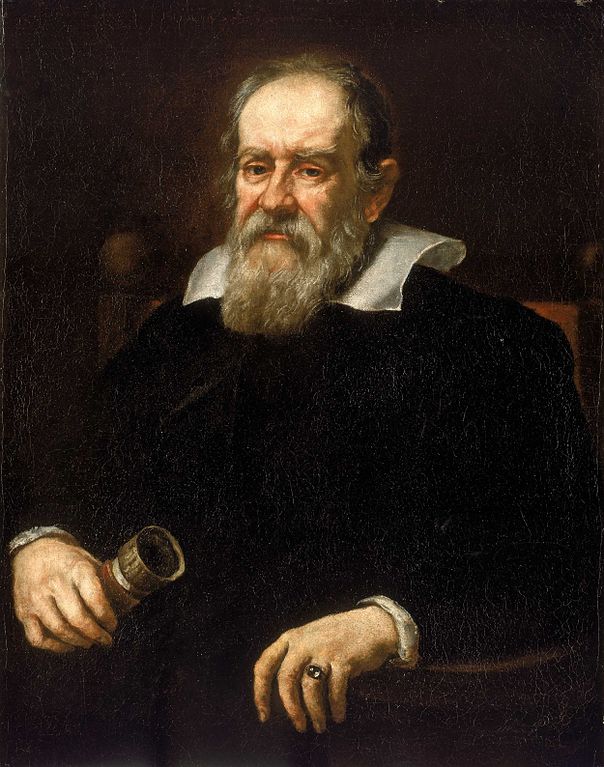



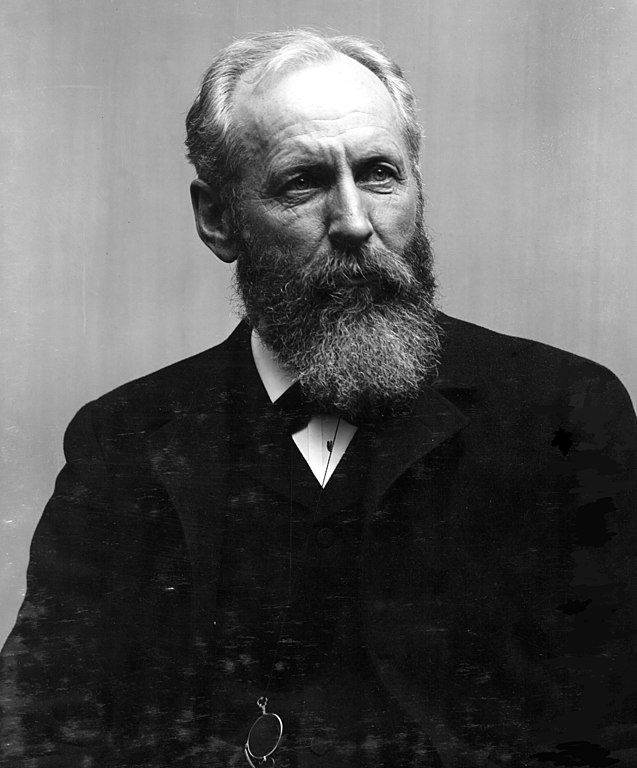
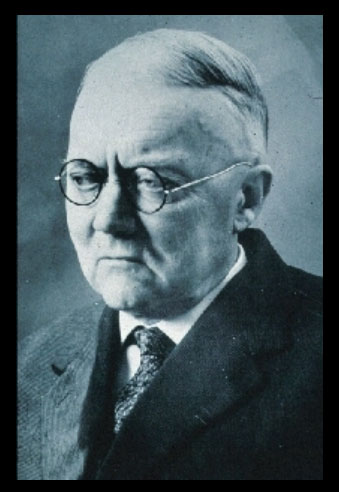

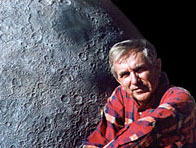










Comments
You must be logged in to post a comment.